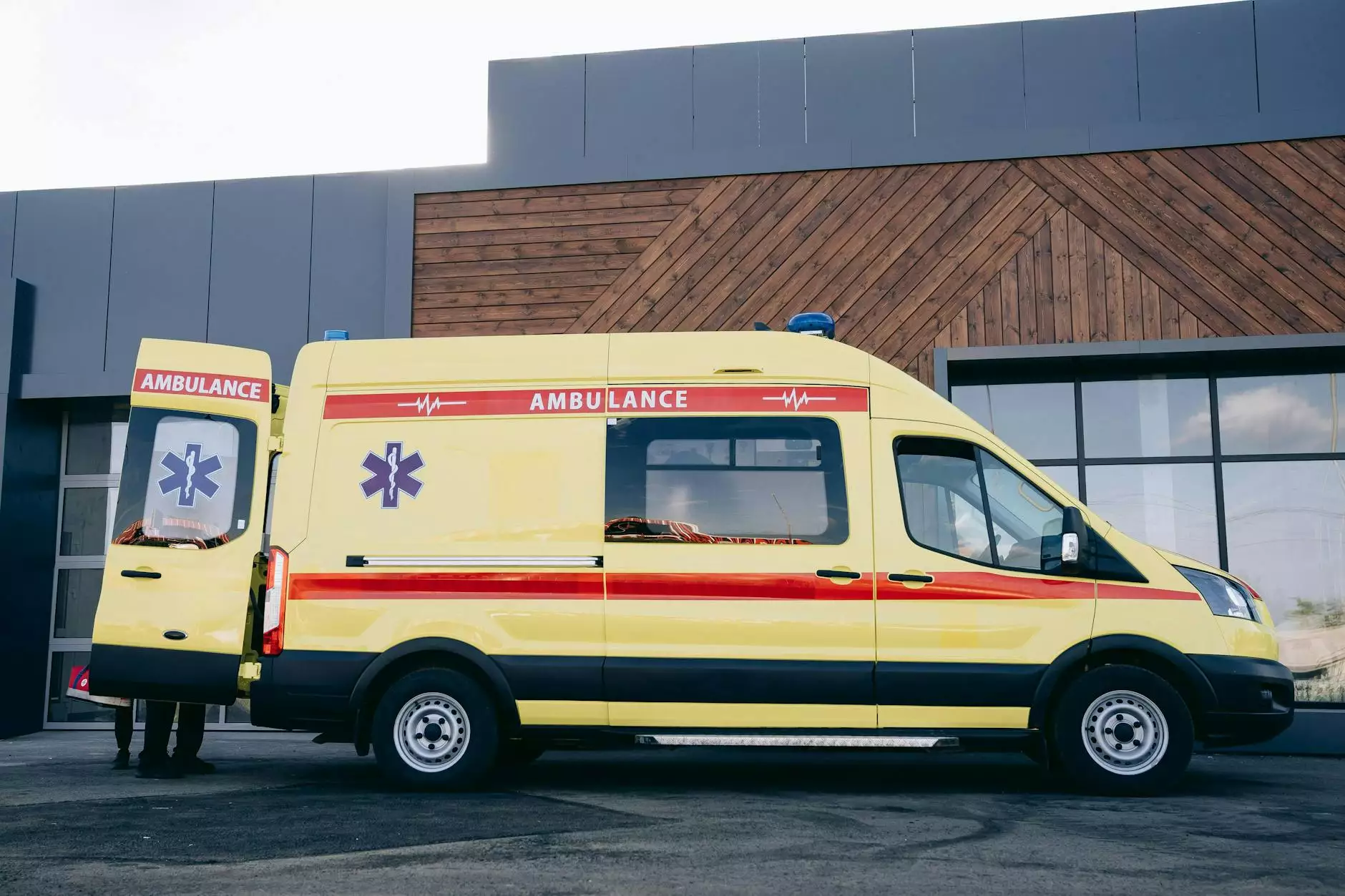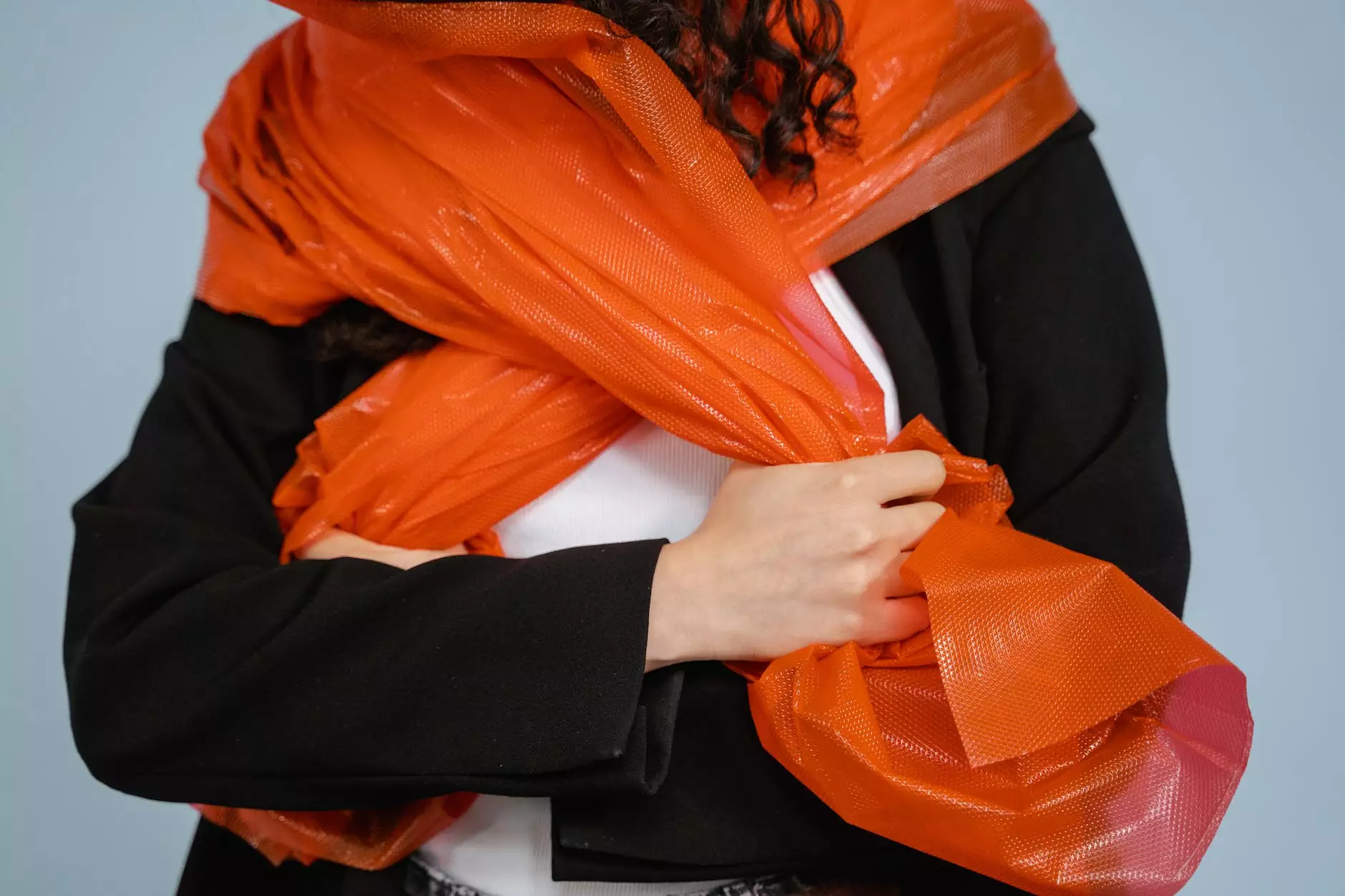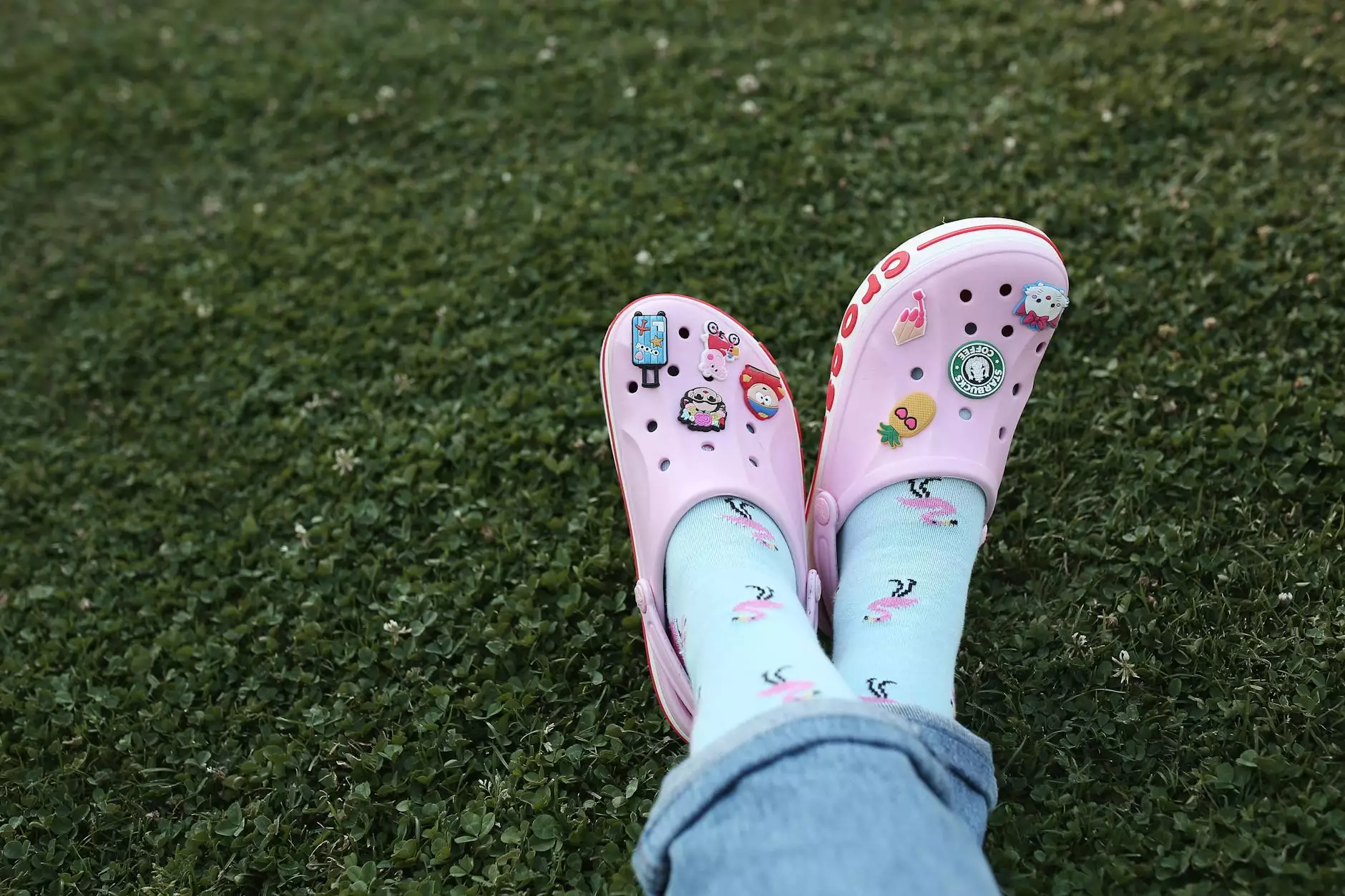Understanding Dark Veins on Feet: Causes, Treatments, and Prevention

Dark veins on feet can become a common concern for many individuals as they age or face specific health conditions. While they can be a cosmetic issue for some, it’s essential to understand that they may also indicate underlying health problems that require attention. In this comprehensive guide, we will explore the various aspects of dark veins, including their causes, the significance of recognizing them, and the most effective treatment options available.
What Are Dark Veins?
Dark veins, often visible through the skin, typically appear as blue, green, or purple lines, particularly in the feet and legs. These may be accompanied by symptoms such as swelling, pain, or heaviness in the limbs. While they can be a natural part of the aging process, the appearance of dark veins can sometimes signify more serious conditions, such as venous insufficiency or varicose veins.
Causes of Dark Veins on Feet
Understanding the causes of dark veins on feet is essential for effective treatment and prevention. Here are some common factors:
1. Genetics
Genetics plays a significant role in the development of vein problems. If your family has a history of vascular issues, you may be more likely to develop dark veins.
2. Aging
As we age, our skin naturally becomes thinner, and the support structures for our veins may weaken. This can lead to more visible veins, including dark veins on feet.
3. Hormonal Changes
Hormonal fluctuations, particularly during pregnancy or menopause, can lead to changes in vein structure and function, contributing to the development of dark veins.
4. Prolonged Standing or Sitting
Veins work against gravity to return blood to the heart. Occupations or lifestyles that involve long periods of standing or sitting can put undue pressure on the veins, leading to issues like dark veins.
5. Overweight and Obesity
Excess body weight increases the pressure on veins, potentially leading to dark veins as the body struggles to circulate blood effectively.
6. Medical Conditions
Conditions such as chronic venous insufficiency, blood clots, or inflammation can contribute to the appearance of dark veins. Recognizing these underlying conditions is crucial for proper treatment.
Symptoms Associated with Dark Veins
In addition to the visible appearance of dark veins on feet, individuals may experience various symptoms:
- Pain or Discomfort: Aching or throbbing pain can occur in affected areas, especially after prolonged periods of standing.
- Swelling: Feet and legs may become swollen, particularly at the end of the day.
- Itching: Skin irritation or itching may occur around the veins.
- Skin Changes: Darkening of the skin or the development of sores can indicate more severe venous issues.
Diagnosis of Dark Veins
To properly address dark veins on feet, it's crucial to obtain an accurate diagnosis. Healthcare providers will typically follow these steps:
1. Medical History
Your doctor will review your medical history and inquire about symptoms you’ve experienced. Be sure to mention any family history of vein problems.
2. Physical Examination
A thorough physical examination will be performed to assess the visibility and condition of the veins.
3. Diagnostic Tests
In some cases, the doctor may recommend imaging tests such as an ultrasound to evaluate the blood flow and identify any abnormalities in the veins.
Treatment Options for Dark Veins on Feet
Fortunately, there are several treatment options available for dark veins on feet, ranging from lifestyle changes to medical interventions:
1. Lifestyle Modifications
Simple changes can help alleviate symptoms and prevent the progression of vein issues:
- Regular Exercise: Engaging in physical activity promotes healthy blood circulation.
- Weight Management: Maintaining a healthy weight reduces strain on the veins.
- Elevating Legs: Elevating your legs can help decrease swelling and improve blood flow.
- Avoiding Prolonged Sitting/Standing: Alternate between sitting and standing to minimize pressure on the veins.
2. Compression Therapy
Wearing compression stockings can support veins and improve blood flow, reducing the symptoms associated with dark veins.
3. Medical Procedures
If lifestyle changes and compression therapy aren't effective, medical treatments may be necessary:
- Endovenous Laser Therapy (EVLT): This minimally invasive procedure uses lasers to close off affected veins.
- Sclerotherapy: A solution is injected into the vein, causing it to scar and close, redirecting blood flow to healthier veins.
- Vein Stripping: In more severe cases, the affected veins may need to be surgically removed.
Prevention of Dark Veins
Preventing dark veins on feet is achievable by adopting a healthy lifestyle and staying vigilant about changes in your body. Consider the following tips:
- Stay Active: Regular movement is essential for healthy circulation.
- Maintain a Healthy Weight: A balanced diet and regular exercise can help keep you within a healthy weight range.
- Hydration: Drinking plenty of water supports overall vascular health.
- Dress Comfortably: Avoid tight clothing that constricts blood flow.
When to Seek Medical Attention
It's crucial to pay attention to your body's signals. Seek medical advice if you notice:
- Intense pain or swelling in the legs or feet.
- Changes in skin color or texture around veins.
- Signs of ulcers or sores on your legs or feet.
- Increased prominence or bulging of veins accompanied by discomfort.
Conclusion
Dark veins on feet may often cause concern; however, understanding their causes and available treatment options is essential for tackling the issue effectively. From lifestyle modifications to advanced medical procedures, there are various ways to manage dark veins and maintain healthy circulation. If you notice any concerning symptoms, don't hesitate to consult with a healthcare provider to ensure prompt evaluation and care. Your health is paramount, and taking proactive steps today can promote better vein health for the future.
For more information and to consult with specialists, consider visiting Truffles Vein Specialists, where experienced professionals are dedicated to ensuring your vascular health.









